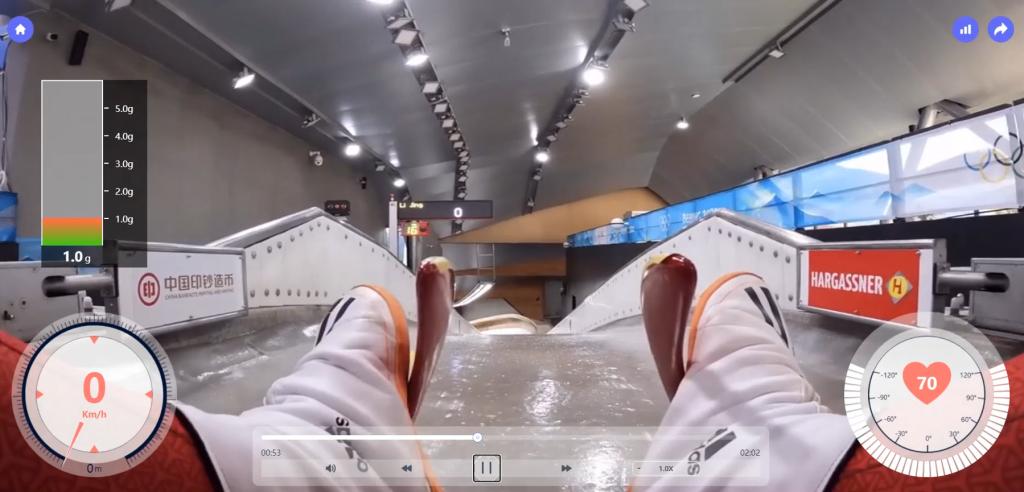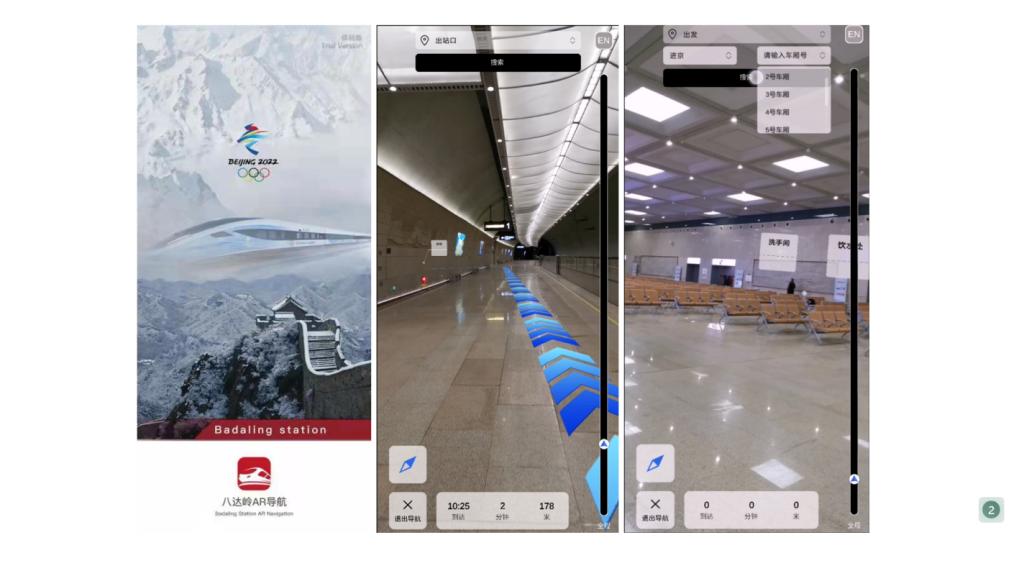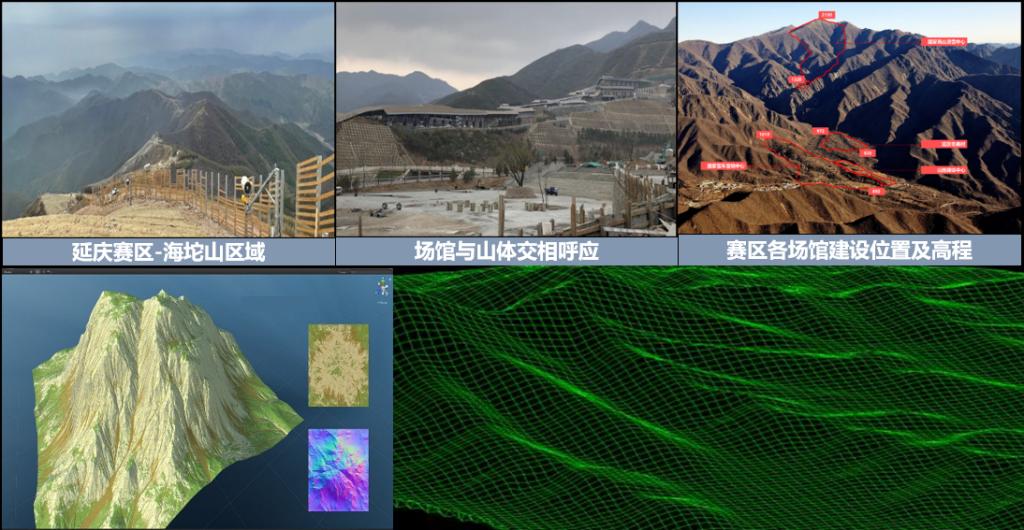As the 2022 Beijing Winter Olympic Games are underway, Chinese athletes have made dazzling achievements on the ice and snow track. While cheering for the Olympic athletes, the teachers and students from the Engineering Management Institute of Huazhong University of Science and Technology, who are at the forefront of science and technology, also contributed their own strength to this Winter Olympics.
Since 2018, the Engineering Management Institute of our school has actively responded to the call of the Science and Technology Winter Olympics, and has hosted and participated in three key special projects, including "Research on Key Technologies of Intelligent Snowmobile Sled Track and Competitive Training", "Key Technologies and Demonstrations of Intelligent Services for Beijing-Zhangjiakou High-speed Railway——Research on Key Technologies of Virtual Interaction Guidance in Complex Spaces" and "Key technologies for design, construction, operation and maintenance of the Winter Olympics snow stadiums under complex mountain conditions - Research on the pan-scenario modeling technology for venues under complex mountain conditions".
The digital twin training system - snowmobile sled is the fastest event in the Winter Olympics, known as the "F1 on the Snow" of the Winter Olympics, and the competition is very intense. If the speed is too fast, the athlete will be in danger of "flying" off the track; if the speed is too slow, the competitiveness and viewing experience will be impaired. How to help coaches and athletes skate faster and safer? Under the leadership of Academician Ding Lieyun, the Chief Scientific Adviser, the members of the "Intelligent Snowmobile Sled" project team and the national team conducted in-depth communication on the key technologies and supporting methods of digital training, and discussed how to use digital and intelligent technologies to explore the sliding rules based on digital tracks. Based on the research and implementation path of winning factors, a number of auxiliary trainings have been formed, such as "Wearable Digital Dashboard for Snowmobile Sleds", "Data Analysis Report of Steel Frame Snowmobile Training and Competition Slide Track", "Sleigh Snowmobile Visualization Track Correction System", etc. technical achievements. These have broken the technological monopoly of related foreign companies and provided powerful reference data for the scientific training of athletes. The intelligent and precise perception and data of the high-speed sliding process of snowmobile sledding are integrated to realize the visual deviation correction training based on the digital track.

Virtual interactive guidance technology for complex spaces - In order to better serve Beijing's historic responsibility as a "city of dual Olympics", the "Beijing-Zhangjiakou High-speed Railway Smart Service" project team has conducted a special project "Intelligent Beijing-Zhangjiakou High-speed Railway" in the "Science and Technology Winter Olympics" key project. With the support of the "Service Key Technologies and Demonstration" project, aiming at the difficult problems of underground closed space positioning and path planning, the AR-based portable mobile integration and dynamic image overlay method and the dynamic virtual interactive guidance technology of multi-layer space environment self-adaptation, through the digital model of the station was captured, combined with the state changes of on-site facilities, dynamic passenger flow distribution and three-dimensional path connections, to realize AR visual navigation in Beijing Badaling Great Wall Station built within the mountain. While facilitating the travel of passengers during the Winter Olympics, it enhances the sense of technology and interest of high-speed rail services, fully demonstrating the technological changes of Beijing and Zhangzhou for a century.

Pan-scenario modeling technology for venues under complex mountain conditions - Aiming at the current situation of lack of experience in the design and construction of Olympic-standard snow competition venues, the "Winter Olympics Snow Arena" project team has developed the rapid mountain scene reconstruction technology in the areas where the snowmobile sled center, alpine ski center and alpine ski jumping platform are located. Based on the conventional scene reconstruction algorithm, they have established an efficient bundle adjustment and optimization algorithm that integrates inertial navigation information and visual information for large-scale complex scenes, effectively alleviates and avoids the problem of error accumulation, and improves the overall modeling performance and precision. It provides the support of the 3D digital model for the use requirement of "one map of the competition area" proposed by the Olympic Organizing Committee.

After this Winter Olympics, the teachers and students of our school will continue to deepen the relevant technical achievements together with the national team, explore the popular promotion methods of ice and snow sports, and contribute the scientific and technological strength from Huazhong University of Science and Technology to the development of ice and snow sports in our country.
